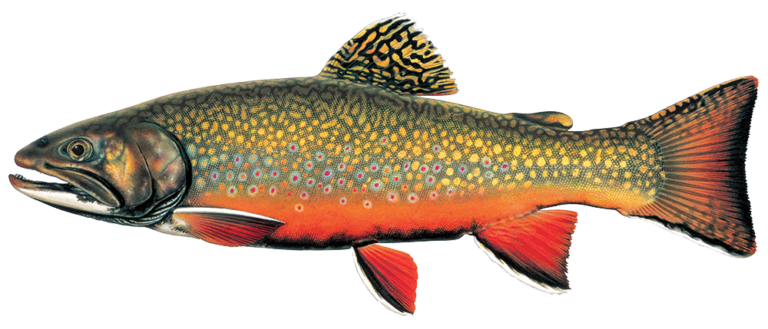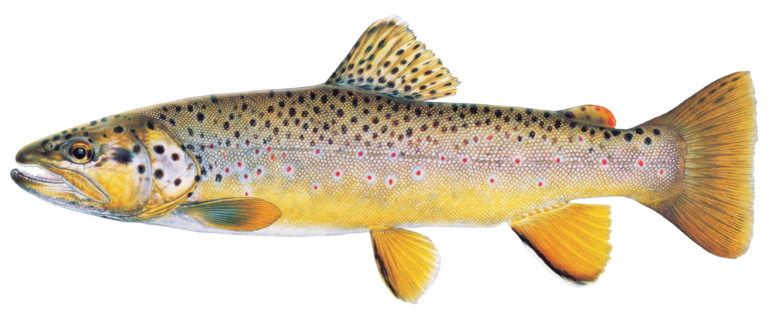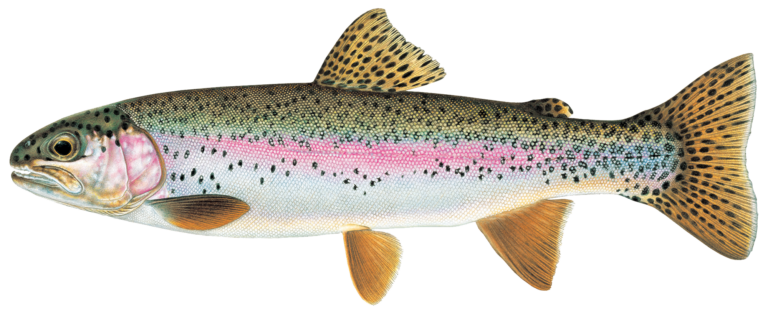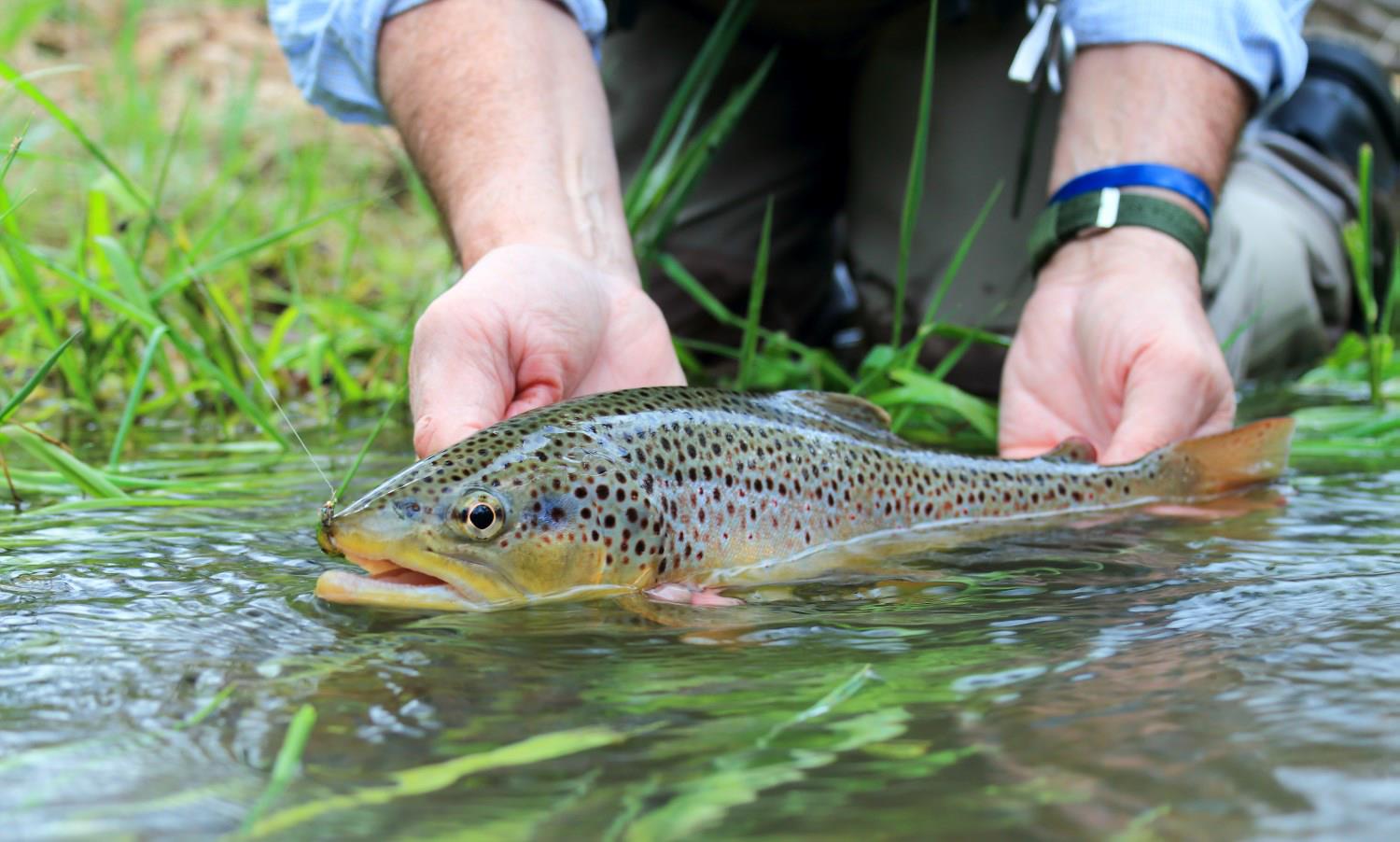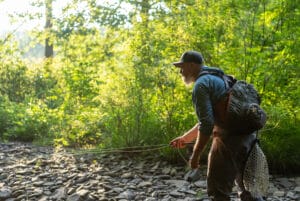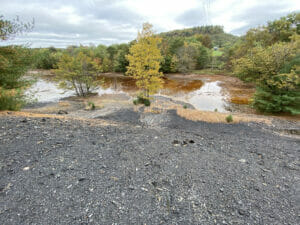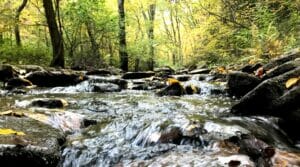Pennsylvania

Overview
Pennsylvania is home to 86,000 miles of streams, including tens of thousands of miles of wild trout water. From the Upper Delaware and the Lehigh to Pine Creek and Kettle Creek these are some of the best-known trout waters in the region. The heavily forested Pennsylvania Wilds were once known for their logging; now, they hold two million acres of public land, countless healthy coldwater streams, and some of the state’s most intact native Eastern brook trout strongholds. Trout Unlimited has been at work in Pennsylvania for decades. We are cleaning up abandoned mines and bringing fish populations back in the West Branch Susquehanna watershed, building on early work to recover a stretch of Kettle Creek left for dead by toxic mine drainage. We are identifying fish passage barriers and removing them. We are locating overlooked wild trout populations and mobilizing angers to protect them. In four major watersheds, we are restoring streams, improving water quality, boosting Pennsylvania’s multi-billion-dollar outdoor recreation economy, and helping fisheries and communities prepare for a changing climate.
Threats & Opportunities
Thousands of Pennsylvania’s streams are fragmented by barriers such as dams and culverts. Legacy land use activities, including agriculture, mining, and energy development, have left their mark on the landscape and degraded streams and trout fisheries. Climate change is predicted to shrink the state’s coldwater footprint. However, federal, state, and private investments in restoration provide an opportunity to replace faulty culverts, reconnect ecosystems, clean up abandoned mine drainage, and restore degraded streams. Ongoing stream assessments help us identify thousands of miles of undocumented wild trout populations and protect them.
How We Work
Reconnection
Across the state, in-depth analyses and surveys help us identify barriers to fish passage, including dams and culverts. By removing or repairing those barriers, we are allowing trout within the system to access important habitat, reducing flood risk in communities, and helping municipalities prevent future road washouts.
Restoration
Using a variety of tools, including the Eastern Brook Trout Conservation Portfolio, TU is prioritizing streams where habitat restoration is most needed and where it will have the most impact. Restoration efforts In Pennsylvania include stabilizing stream banks, improving riparian areas with streamside tree plantings, and adding wood habitat. In the Susquehanna watershed, the work we’re doing to improve water quality and help agricultural partners reduce nitrogen, phosphorus, and sediment loads is contributing to Chesapeake Bay recovery.
Abandoned Mine Cleanup
For decades, we have provided technical assistance to groups and communities dealing with abandoned mine drainage. Our expertise grew out of the work we have done to install treatment systems to clean up polluted streams and bring fisheries back. Thanks to significant new investments in the Bipartisan Infrastructure Law, we are doing even more. On streams like Beech Creek, we are doing research that will set the stage for a long effort to treat abandoned mine drainage and restore, reconnect, and recover what was once a thriving native brook trout water.
Wild Trout Stream Protection
Tens of thousands of streams are being assessed for wild trout populations across Pennsylvania. Where wild trout are found, the streams are granted stronger protections by the state. Year after year, Trout Unlimited teams are in the field searching for wild and native trout, and volunteers are making their voices heard to ensure that these healthy streams are protected.
Partnerships
Trout Unlimited partners with federal and state agencies to maximize restoration impact on America’s working lands and waters.
How You Can Help
Speak up for wild trout in Pennsylvania to see that they’re protected for generations to come.
TAKE ACTIONStay informed about the work we’re doing in Pennsylvania and how you can help.
LEARN MOREPennsylvania Conservation Team

Amy Wolfe
Northeast Habitat Program Director
amy.wolfe@tu.org
Northeast Habitat Program Director
amy.wolfe@tu.org
Priority Waters
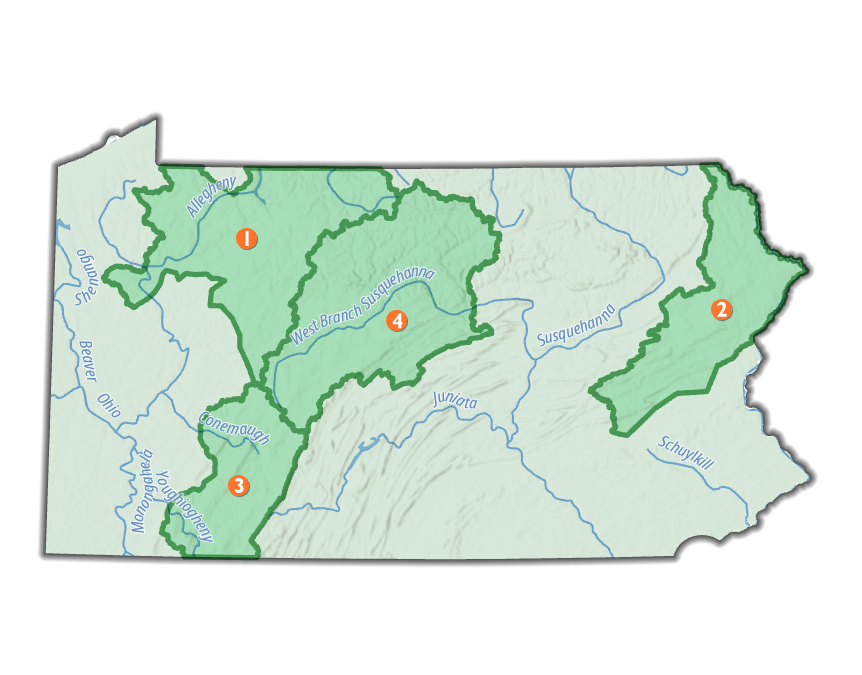
-
Allegheny
Known for its forested public lands and home to the state’s only national forest, the Allegheny watershed is filled with native brook trout strongholds that draw anglers from across the Mid-Atlantic region.
-
Delaware River Watershed
The Upper Delaware, including its East and West branches, carries a well-deserved reputation as one of the best wild brown and rainbow fisheries in the East. Less known are the many tributaries that hold native brook trout and wild browns, including the Brodhead system and the Lehigh.
-
Laurel Highlands
Several watershed restoration plans are in place in the Laurel Highlands, an area featuring numerous exceptional value streams holding wild brown and native brook trout. Close proximity to population centers, including Pittsburgh, has made this area popular for outdoor recreation and set the stage for robust community work by volunteers.
-
West Branch Susquehanna River
Many waters that were once largely devoid of fish as a result of abandoned mine drainage now hold trout thanks to extensive cleanup efforts and associated instream habitat work. With a great deal of forested public lands and ample groundwater influence, the watershed is expected to be a refuge for wild and native trout amid warming temperatures.

